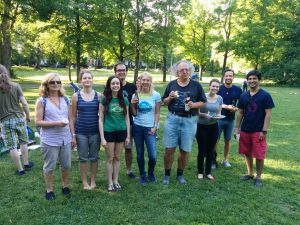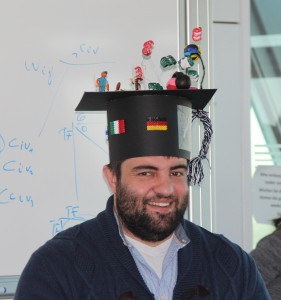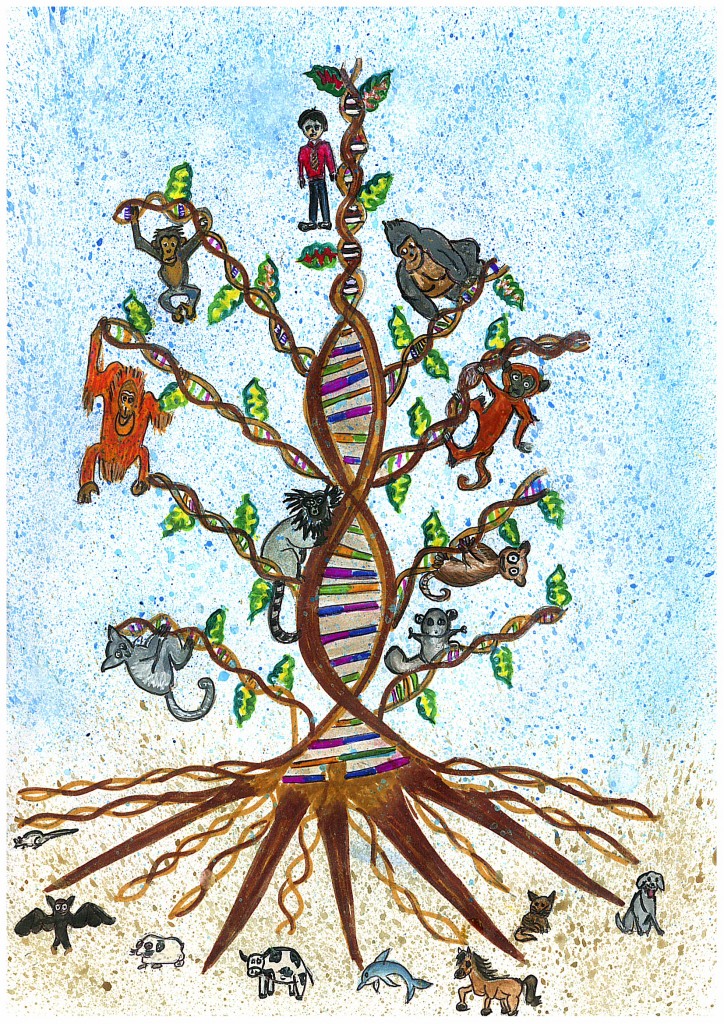The next Programming for Evolutionary Biology (PEB) Conference will take place in Belgrade, from September 7th-12th.
The website is already online and you can already register for it: http://pebconference.info/
This conference was initiated by students of our third Programming for Evolutionary Biology course, but is now open to everybody. The first PEB conference took place at CIBIO (Vila do Conde, Portugal) last year and has really been a big success and a lot of fun. Besides your scientific contributions, the organizers convinced several outstanding speakers to give plenary talks. There will also be a couple of workshops, which will allow you to further improve your programming skills. And, last but not least, I’m expecting a superb leisure program in and around Belgrade. And all of this again for a very reasonable price of 200 Euro, which includes conference materials, accommodation in double, shared rooms (7-12.09.2016), meals, and leisure.
Since space is limited, register for the Belgrade event as soon as possible!



